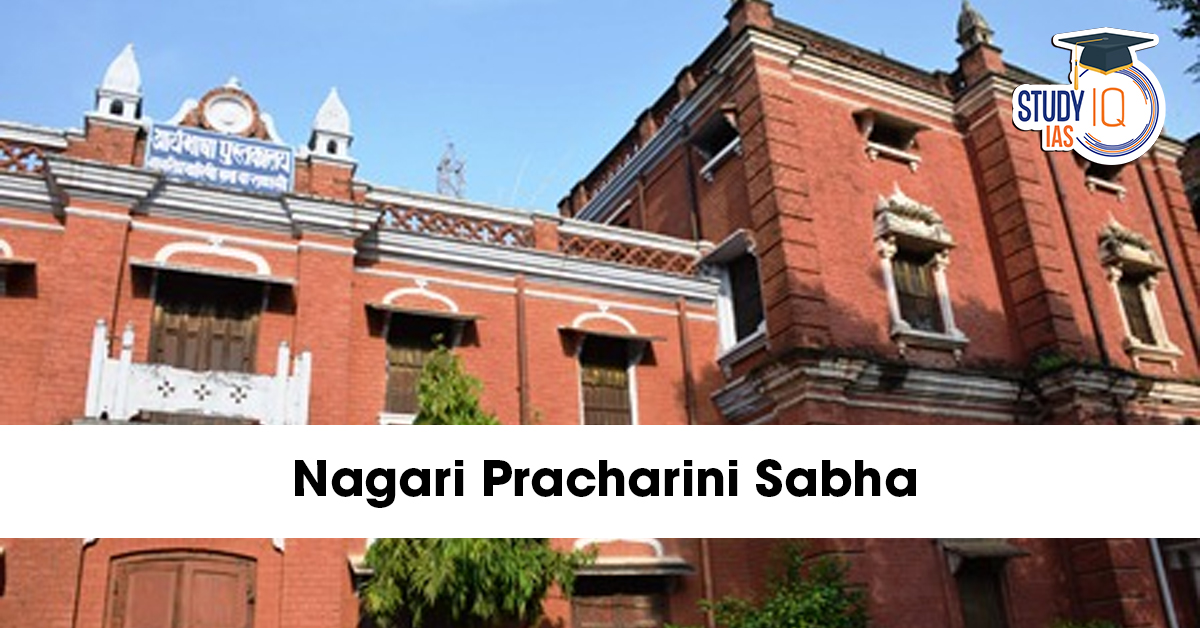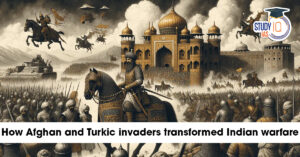Table of Contents
Context: As debates over official languages and linguistic identity intensify in India it is timely to revisit the role of institutions like the Nagari Pracharini Sabha.
Nagari Pracharini Sabha
- Established: January 16, 1893, in Varanasi (Banaras).
- Founders: Hindi scholars Shyam Sunder Das, Pandit Ramnarayan Mishra, and Thakur Shivkumar Singh.
- Purpose: To promote Hindi in the Devanagari script and ensure its recognition in official and literary domains.
Background
- During the Mughal period, Persian was the official language.
- By the British era, official language use shifted to English, Persian, and Urdu, sidelining Hindi.
- In 1888, Maharaja Lakshmeshwar Singh of Darbhanga introduced Hindi as an official language in his region, influenced by the slogan “Hindi, Hindu, Hindustan.”
Major Initiatives of Nagari Pracharini Sabha
- Advocated for Hindi as the language of administration and courts.
- Took the initiative to create a standardised Hindi dictionary.
- Sent language surveyors across India (from 1908–1929) to collect regional Hindi words and meanings.
Key Publications
- Shabd Sagar (1929): A comprehensive 11-volume Hindi dictionary.
- Forewords by Acharya Ramchandra Shukla and Shyam Sunder Das.
- History of Hindi Literature (Hindi Sahitya ka Itihaas) by Acharya Shukla – considered foundational for Hindi literary studies.
- Nagari Pracharini Patrika (from 1896): One of the oldest research journals in Hindi.
- Saraswati Magazine (launched in 1900): Edited by Mahavir Prasad Dwivedi, instrumental in shaping modern Hindi prose and poetry.
Legacy and Expansion
- Opened regional branches in Haridwar and New Delhi.
- Received support from nationalist leaders like Bal Gangadhar Tilak.
- Its post-Independence patron was Pandit Jawaharlal Nehru.
Decline and Revival
From the 1970s, internal disputes and court cases led to its decline.
- A 2023 verdict by the Allahabad High Court upheld the leadership of Vyomesh Shukla, restoring administrative clarity.
- In March 2024, it republished Acharya Shukla’s History of Hindi Literature and a collection of Amir Khusrau’s Hindi poems, marking a revival.


 Birsa Munda Birth Anniversary 2025: Life...
Birsa Munda Birth Anniversary 2025: Life...
 Military Innovations of Afghans and Turk...
Military Innovations of Afghans and Turk...
 Self-Respect Movement, History, Objectiv...
Self-Respect Movement, History, Objectiv...

























